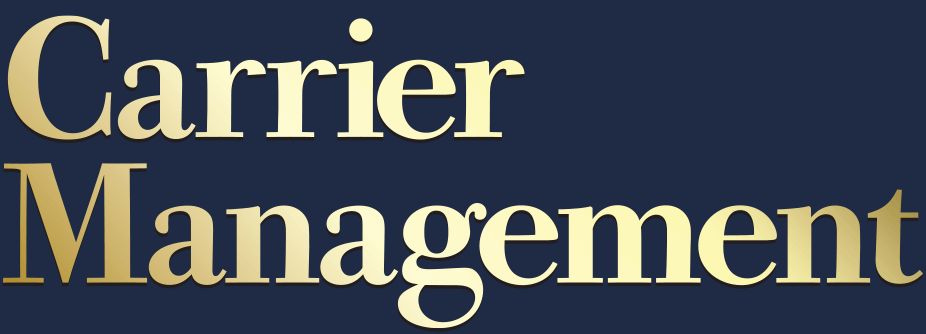New analysis by the Insurance Research Council highlights an increasing trend of uninsured or underinsured drivers on U.S. roads.
One in three drivers (33.4 percent) were either uninsured or underinsured in 2023, a 10 percentage point increase in the combined rate since 2017, according to the new report, “Uninsured and Underinsured Motorists: 2017-2023”, by the IRC, an affiliate of The Institutes.
Forty-nine states and the District of Columbia legally require drivers to purchase liability insurance coverage.
In New Hampshire, the only state without compulsory insurance laws, drivers are required to demonstrate proof of financial responsibility. Despite this near-universal requirement, a significant number of individuals choose to drive without liability insurance, the analysis showed.
Auto insurers offer two types of coverage to protect policyholders when at-fault drivers have insufficient coverage.
Uninsured motorists (UM) coverage compensates accident victims for injuries or damage caused by a driver without liability insurance or from a hit-and-run driver.
Underinsured motorists (UIM) coverage compensates the injured party for costs associated with injuries or property damage that exceed the at-fault driver’s coverage.
“With the abrupt changes in the economy and impacts on household income, UM rates rose in nearly every state from 2019 to 2020,” said Dale Porfilio, FCAS, MAAA, president of the IRC. “We have been watching for UM rates to improve with lower unemployment and household income increases, but the IRC’s latest research shows UM rates continue to tick upward in most states. We presume deteriorating insurance affordability is more than offsetting economic improvements.”
Porfilio, who is also chief insurance officer at the Insurance Information Institute (Triple-I), noted that the rise in UIM rates since 2020 has been more dramatic than the gradual rise in UM rates.
“The increase in UIM rates points to higher UIM premiums in the future, worsening affordability and potentially increasing the likelihood of more uninsured drivers. This demonstrates the complex interconnectedness of these two coverages as insurers protect consumers from insufficient coverage by at-fault drivers.”
In 2023, more than one in seven drivers countrywide (15.4 percent) were uninsured, an increase of 3 percent over the six years of this study.
The UM rate varied substantially among individual states, the data showed.
Mississippi had the highest UM rates in 2023 at 28.2 percent, followed by New Mexico at 24.1 percent, and the District of Columbia at 23.1 percent.
States with the lowest UM rates in 2023 included Maine at 5.7 percent, Utah, at 6.2 percent, and Idaho at 6.4 percent.
Nearly every state saw a rise in the UM rate in 2020 with the onset of the pandemic; the experience from 2020 to 2023 has been more mixed.
Michigan experienced the largest decline in the UM rate over this later period, while Washington experienced the largest rise, the IRC report noted.
Nearly every state experienced a rise in UIM rate between 2017 and 2023, with the only exceptions being New York and the District of Columbia.
Several factors are associated with variations in UM and UIM rates across states, including economic, insurance costs and state insurance laws and regulations, the report stated.





















 Allstate: How Can You Save on Auto Insurance?
Allstate: How Can You Save on Auto Insurance?  Half-Past Four Is the New Five O’Clock in More Efficient Workday
Half-Past Four Is the New Five O’Clock in More Efficient Workday  Berkshire, Progressive Are 2024 Underwriting Profit Leaders; Industry Income Record
Berkshire, Progressive Are 2024 Underwriting Profit Leaders; Industry Income Record  Gen AI Is Shaking Up Underwriting, But Can It Replace Human Judgment?
Gen AI Is Shaking Up Underwriting, But Can It Replace Human Judgment? 